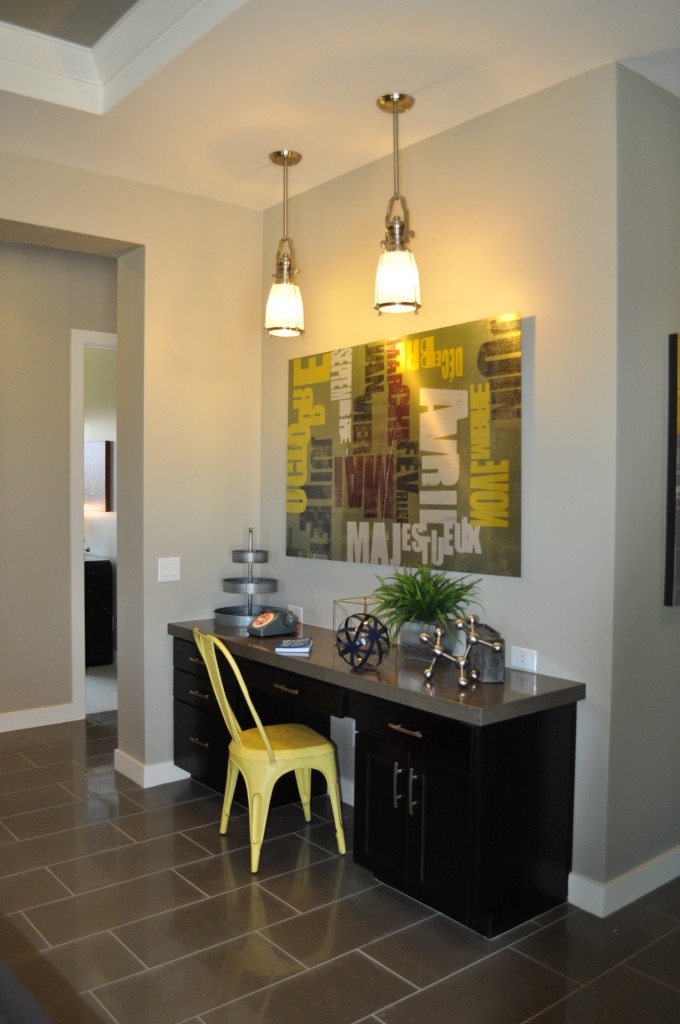 What can you do to help facilitate your children’s attention to homework? There are a number of approaches suggested, ranging from insisting that homework be finished immediately after school and parents keeping close track, to a more hands-off style where you expect the child to stay on top of it or suffer the consequences in school. Most parents fall somewhere in the middle.
What can you do to help facilitate your children’s attention to homework? There are a number of approaches suggested, ranging from insisting that homework be finished immediately after school and parents keeping close track, to a more hands-off style where you expect the child to stay on top of it or suffer the consequences in school. Most parents fall somewhere in the middle.
There are things you can do to make the homework process easier without taking a “homework police” role. Here are a few suggestions.
Help each child create a test and homework calendar. Different classes could be designated by color, and milestones set for larger projects. This way both of you can keep up with what is due when, and “Have you checked your calendar” seems friendlier than “Did you do your homework yet?”
Designate a homework location in your home, complete with desk, office supplies, and a computer if needed. In this teen room located in the O’Connor model at Legacy, the desk provides good lighting, room for a laptop, and drawers and cupboards for books or knapsacks. You could add some office features such as in-and-out boxes, and there’s even room for a printer. With just a few additions, you can create a special “homework central” so that everything is ready whenever your child is.
To make it feel even more like a personal office, you could replace the artwork with a bulletin board and pin the current month’s calendar to it. Providing the opportunity to be organized makes the entire homework process easier and more enjoyable.
Finally, a few simple rewards such as a snack waiting when homework is done provide an extra incentive to finish and get to more fun activities.




